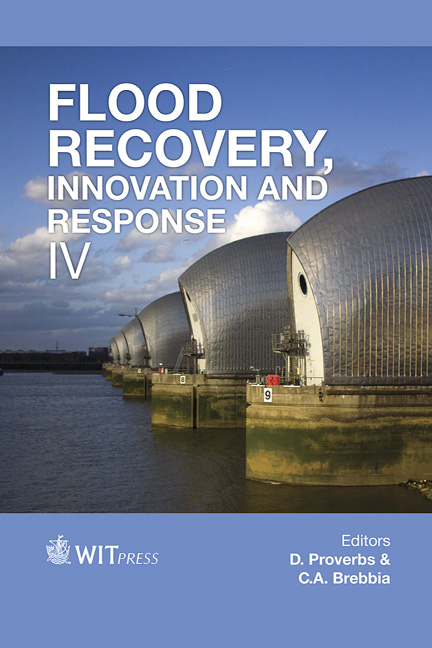Design As A Negotiation Platform: New Deals And Spatial Adaptation In Flood-prone Areas
Price
Free (open access)
Transaction
Volume
184
Pages
12
Page Range
287 - 298
Published
2014
Size
647 kb
Paper DOI
10.2495/FRIAR140241
Copyright
WIT Press
Author(s)
F. Rossano & L. Hobeica
Abstract
In current measures taken in Europe to cope with growing flood risks, various elements characterize the strategic and practical choices involving anticipation, protection or mitigation. One crucial element in all flood-related projects is space. In quantitative and qualitative aspects, most flood adaptation strategies imply a morphological transformation of city and landscape, as well as the redefinition of land use and status, which in its turn can lead to new deals among territorial players. These multi-scale interplays can eventually put financial, political and social status-quo under unknown pressure, and transform the role of urban and landscape design, which gains in importance but also in complexity. The nine contemporary flood-related projects reviewed reveal that the fluctuating conditions and multiple interests in which they evolve require, in addition to creative approaches, openness, perseverance and diplomatic skills. Landscape, urban or architectural design becomes then an open and dynamic platform for spatial renegotiation and adaptation, challenging design practices in flood-prone areas as well as democratic structures.
Keywords
flood risk, urban and landscape design, adapted spatial design, negotiation platform.





